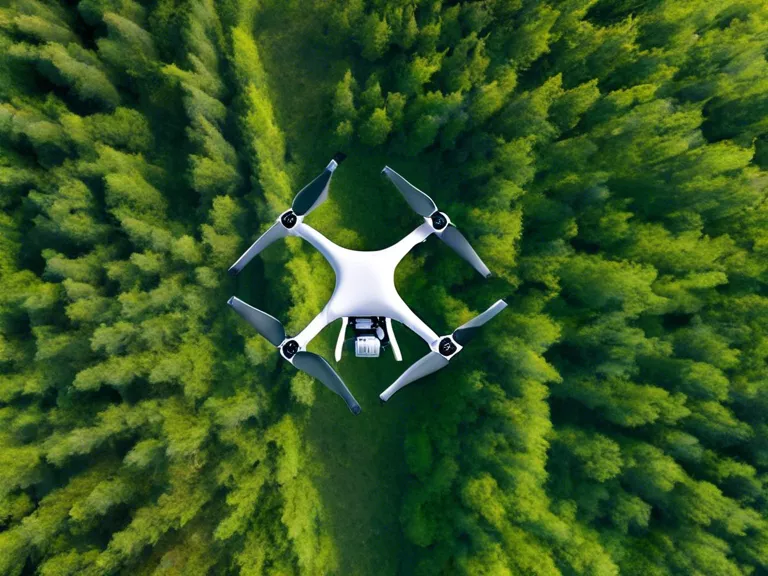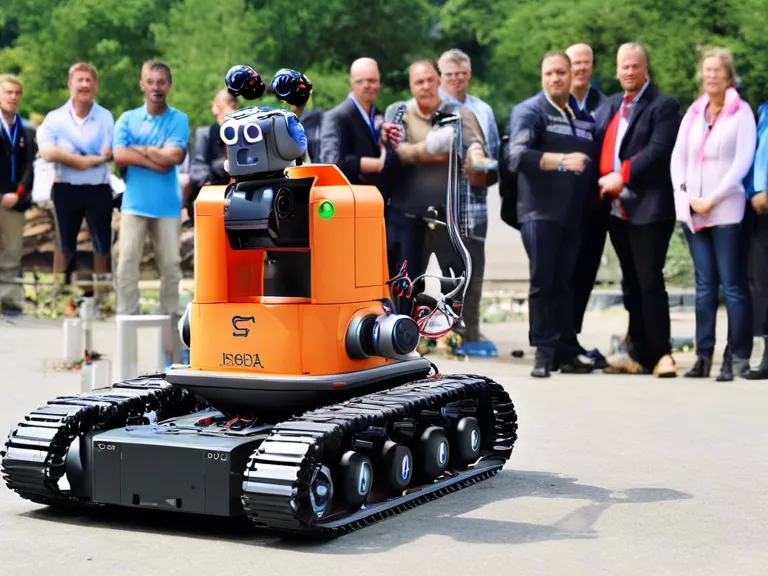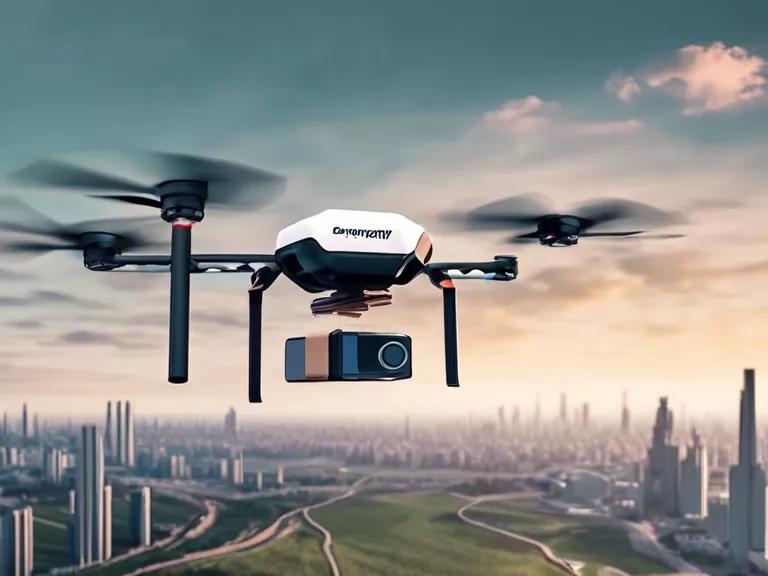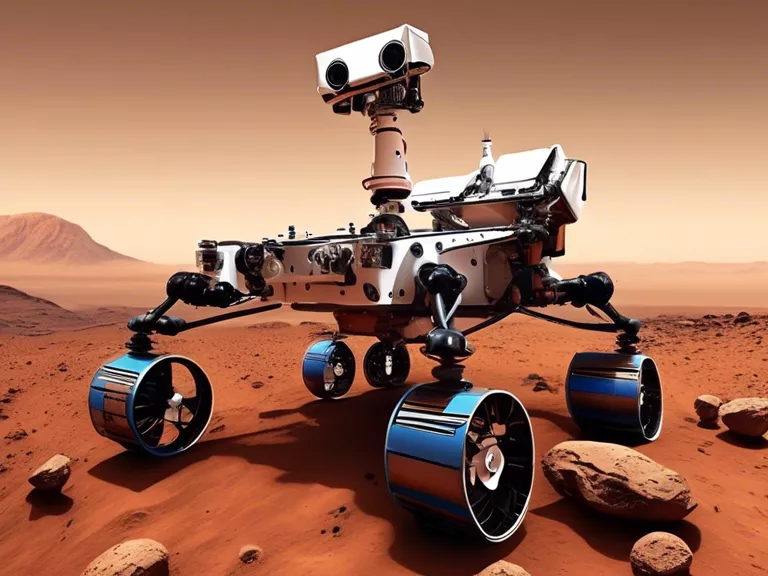
Drones, also known as unmanned aerial vehicles (UAVs), have become increasingly popular in environmental monitoring and conservation efforts in recent years. These high-tech devices are equipped with cameras, sensors, and GPS technology, allowing researchers and conservationists to collect valuable data on wildlife, habitats, and natural resources from above. From tracking animal populations to monitoring deforestation and illegal activities, drones are revolutionizing the way we protect and preserve our environment.
One of the biggest advantages of using drones for environmental monitoring is their ability to access hard-to-reach or hazardous areas. In rugged terrain or dense forests, drones can fly overhead and capture important data without putting researchers at risk. This makes it easier to survey remote locations, track wildlife migrations, and monitor ecosystem health in a cost-effective and non-invasive manner.
In addition to their accessibility, drones are also able to cover large areas quickly and efficiently. With advances in technology, drones can now be programmed to fly autonomously, following pre-determined flight paths and capturing high-resolution imagery along the way. This data can then be used to create detailed maps, analyze vegetation cover, and detect changes in land use over time.
Furthermore, drones are instrumental in combating illegal activities such as poaching and deforestation. By patrolling protected areas from the air, drones can detect and deter illegal activities, helping to safeguard endangered species and fragile ecosystems. In some cases, drones have even been used to deliver supplies to remote research stations or assist in search and rescue missions during environmental disasters.
Overall, drones are proving to be valuable tools in the fight against environmental degradation and the protection of our planet's biodiversity. As technology continues to evolve, the possibilities for drones in environmental monitoring and conservation efforts are endless. By harnessing the power of drones, we can better understand and safeguard the natural world for future generations.



